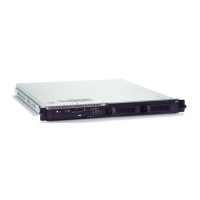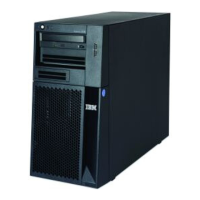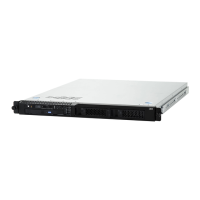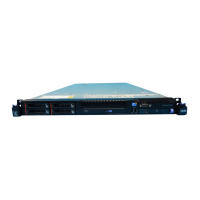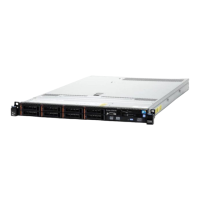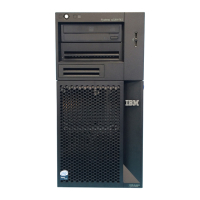© Copyright IBM Corp. 2000 27
Workload and Performance
Workload and Performance
Workload and performance are critical considerations in selecting an AS/400e system. This
section discusses some of the tools and factors to take into account. Detailed performance
information can be found in
AS/400 Performance Capabilities Reference - Version 4, Release
5
, SC41-0607, which is found on the Web at:
• http://www.as400.ibm.com/developer/performance/index.html
• http://publib.boulder.ibm.com/pubs/html/as400/online/chgfrm.htm
For sizing recommendations, also consult with your IBM marketing representative and
service provider.
Commercial Processing Workload
When the AS/400 system was announced in 1988, the Relative Performance Rating (RPR) or
Relative System Performance (RSP) of different models was measured using a RAMP-C
workload. This workload is representative of general commercial processing. RPR figures for
AS/400 models have been expressed relative to the 9404 Model B10, which was the initial
entry model for the AS/400 range in 1998. It had a RPR rating of 1.0.
The AS/400e product line continues to grow in power with the PowerPC RISC processors and
24- and 12-way processors. With the increased processing power and more applications
using vital technologies, such as Web serving, client/server, and multimedia, the point was
reached when RAMP-C was no longer a valid means for measuring relative performance.
Therefore, RAMP-C was replaced by a workload measurement called Commercial
Processing Workload (CPW) in the second half of 1996.
Relative performance measurements are derived from commercial processing workload on
the AS/400e. CPW is representative of commercial applications, particularly those that do
significant database processing in conjunction with journaling and commitment control.
CPW contains a number of advantages over RAMP-C for measuring the AS/400e system,
such as:
• Inclusion of a batch component
• Increased numbers of transaction types
• Support for journaling and commitment control
• Increased path lengths
• More complex file and terminal I/O
These enhancements mean that CPW exercises hardware and software paths that more
closely match the paths exercised by our customers' current AS/400e installations.

